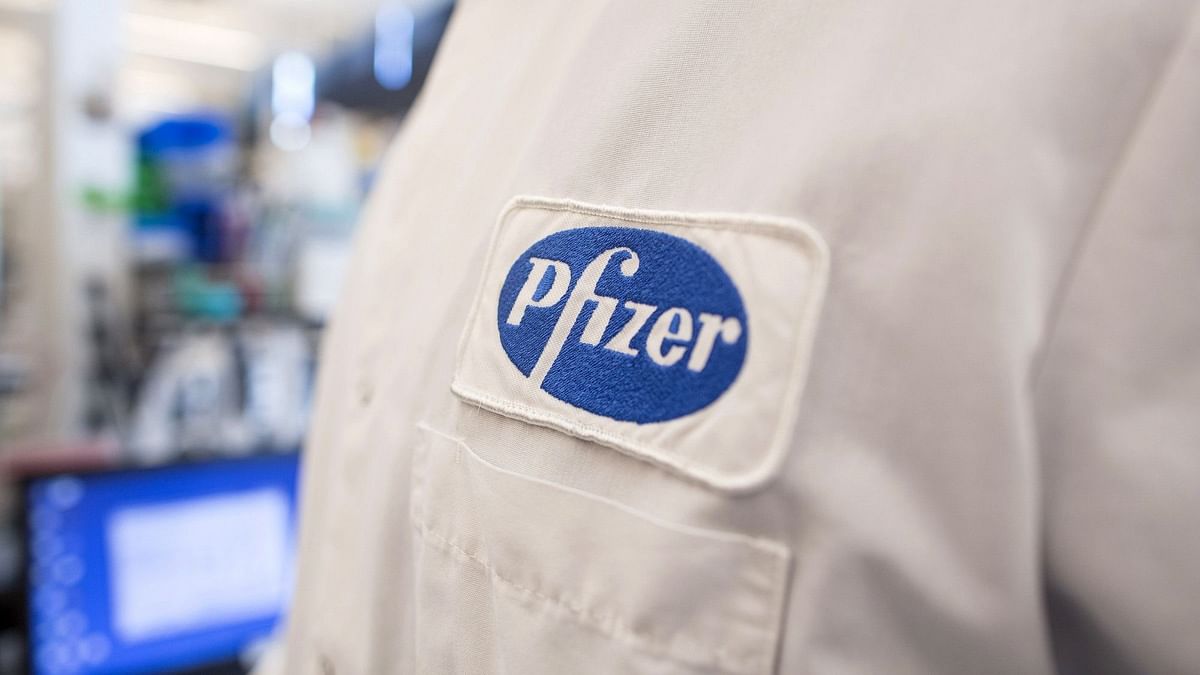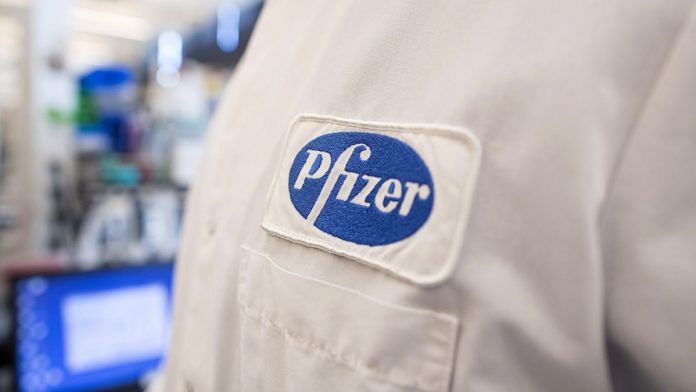

Text size:
TThe excitement that received the news of a candidate vaccine that can be highly effective against COVID-19 was truly something to behold. If the final results show anything close to the figures cited in the press release, then the world can be really satisfied and the scientists behind the scenes very proud of themselves.
A complicating factor will be the maintenance of the cold chain. Vaccines are fragile products: they must be stored at specific temperatures and some are sensitive to light and must be transported in dark glass vials. These precise conditions should be maintained throughout the vaccine journey, until the moment you are in the GP’s office with your sleeve rolled up and the nurse opens the refrigerator door to extract the required immunization.
As an example, let’s say you live in rural Ghana in West Africa and the vaccine itself comes from the UK. The cold chain will have to cover the vaccine leaving the UK manufacturing site, loaded into a vehicle and taken to a storage location near the airport, flown to Ghana, stored in or near Accra (the capital), transport to a rural district health center, and then potentially more transport by vehicle, or even on foot, through difficult terrain to physically reach a remote town.
That final stage is something that healthcare workers in Ghana and all low- and middle-income countries do many times a year, for example with polio vaccination campaigns, and it can be heroic work and sometimes, dangerous. Wherever we live in the world, these people deserve our thanks.
Healthcare workers in these settings have a lot of practice delivering vaccines everywhere, but you can see the number of separate steps where the cold chain must be maintained. The essential kit can include a portable cooler in the back of a 4 × 4, or a cool bag that you carry by hand. Those cold packs can contain “freezer packs” that keep products cool enough for at least a few hours so that vaccines don’t spoil.
Read also: Our Covid Vaccine Could Be An Important Part Of India’s Early Response, Says Pharmaceutical Giant Pfizer
Eighty down
The Pfizer / BioNTech vaccine has to be stored at -80⁰C, which is tricky. This is not an insurmountable problem, but it does pose additional logistical challenges. It requires specialized equipment known as “ultra low temperature freezers”. They are usually found in specialized research facilities or biobanks.

Since most routine vaccines require refrigeration or freezing at much lower temperatures, it is unlikely that a GP in the UK will already have such a facility, much less a health center in rural Ghana.
Governments around the world are now wondering how many of these freezers they will need to buy. And at a cost of a few thousand pounds per unit, plus running costs of perhaps £ 500 to £ 750 per year, the bill could go up very quickly. This type of financial outlay can also go beyond rural Ghana and other resource-poor settings. It is not just the cost of purchasing the vaccine itself that we need to think about.
Over the next six to 12 months, we hope to finish with several different vaccines. They will all have slightly different advantages and disadvantages, including considerations of efficacy, safety, number of doses, cost, and storage requirements. In high-income countries, vaccinating vulnerable populations with a product that requires two doses and -80 ℃ storage may be feasible. In sub-Saharan Africa, a more useful product can potentially be one that requires a dose and has a less strict cold chain, even if the overall efficacy of the vaccine is slightly lower.
The short and medium term future for the development of the COVID-19 vaccine looks very exciting. However, the success of clinical trials is still far from the end of a highly effective immunization distributed to all corners of the world. For now, we await further development with hope, but perhaps also with more than a small expectation.![]()
Michael Head, Senior Researcher in Global Health, University of Southampton
This article is republished from The Conversation under a Creative Commons license. Read the original article.
Read also: The Turkish-German Medical Couple Behind BioNTech and Pfizer’s Promising Covid Vaccine
Subscribe to our channels on YouTube and Telegram
Why the media is in crisis and how you can fix it
India needs free, fair, unscripted and even more questioning journalism as it faces multiple crises.
But the media is in its own crisis. There have been brutal layoffs and pay cuts. The best of journalism is shrinking, giving in to the raw spectacle of prime-time.
ThePrint has the best young journalists, columnists and editors working for it. To sustain journalism of this quality, you need smart, thinking people like you to pay for it. Whether you live in India or abroad, you can do it here.
Support our journalism